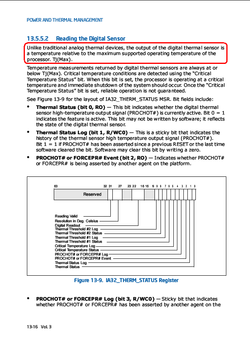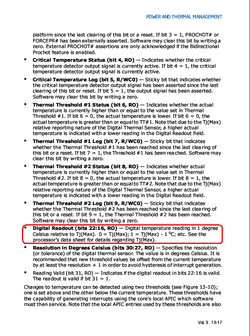Here, hope it helps :


Also go HERE to have better "overall" picture in order to help you to understand few facts such as :
Ok, have to admit it that for points 2 & 3, you have to understand a bit of what is called basic PN silicon junction temperature cooeficient.
OT, watch for SpeedFan, Alfredo (the author) will release the latest version that has two options in reading the Intel cpu temp (currently avail in beta) which are :
1. The right & correct method using is relative temp to max. tjunction as above.
2. The absolute cpu temp with has "adjustable" max. tjunction, so it will be suitable for people who want their cpu temp looks bragging cool since it can be adjusted until it reads what ever the owner want to see. LOL
LOL


Also go HERE to have better "overall" picture in order to help you to understand few facts such as :
- There is NO reference what so ever referring to what you guys called max. Tjunction absolute value.
- Why the delta temperature is accurate.
- What the reason behind the scene that Intel don't/can't provide an absolute cpu temp feature.
Ok, have to admit it that for points 2 & 3, you have to understand a bit of what is called basic PN silicon junction temperature cooeficient.
OT, watch for SpeedFan, Alfredo (the author) will release the latest version that has two options in reading the Intel cpu temp (currently avail in beta) which are :
1. The right & correct method using is relative temp to max. tjunction as above.
2. The absolute cpu temp with has "adjustable" max. tjunction, so it will be suitable for people who want their cpu temp looks bragging cool since it can be adjusted until it reads what ever the owner want to see.
Last edited: